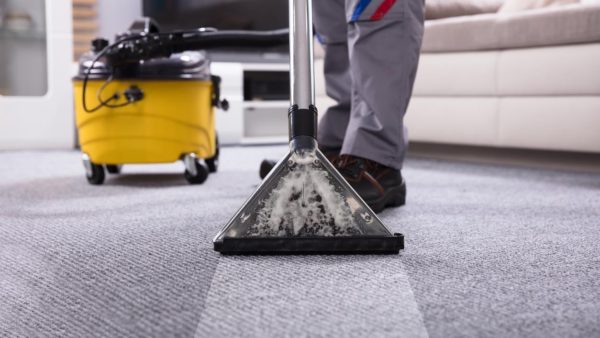Both drywall and plaster make for strong, enduring wall covers. Consider these variables while picking between the two for your next home improvement project.
In case you’re considering taking on a wall construction project in your home, you’ll probably know about two alternatives: drywall and plaster. More up-to-date homes will in general component drywall, a material that included gypsum sandwiched between two pieces of paper and normally sold in 4-foot-by-8-foot boards. Drywall introduces rapidly and decently effectively by screwing it into the studs of the wall, and today it arrives in an assortment of thicknesses and different choices to look over. Plaster and slat, then again, is a more work escalated yet top of the line wall treatment where laborers nail lengths of wood called strip to the studs and afterward apply a few layers of plaster up and over, utilized in many homes worked before World War II.
The two techniques have their individual qualities and shortcomings, so we’re separating the two materials here—drywall versus plaster. Continue to peruse for what you ought to consider prior to arranging your next project. Find more about Keycoats click here!
Plaster is more work concentrated than drywall.
Truth be told, the deficiency of laborers during WWII is one reason for drywall’s spike in prevalence. Today, plasterers are more specific dealers than drywall installers, so having talented workers accessible in your space is the primary thing to check prior to focusing on the high-upkeep material. To the extent fixes, they can run the range from being pretty much as basic as finishing up a tad of plaster to reconstructing the wall, particularly in situations where electrical or plumbing work should be done behind the walls. Drywall fix, then again, while it is a multi-step measure, will, in general, be more direct and simpler for helpful property holders to finish themselves.
Plaster costs more than drywall.
Since plaster requires to a greater extent particular expertise rather than drywall establishment and takes more time to finish, the work alone will normally run multiple times higher or more than drywall establishment. The material expenses are similar.
It’s simpler to balance things on drywall, however, it’s certainly feasible with plaster.
Plaster is more diligent and weaker than drywall. While with drywall it’s feasible to drive pushpins into the wall to hang up banners, you probably couldn’t penetrate a plaster wall with the wobbly mark of a tack. All the more significantly, you risk chipping or breaking the plaster. In the event that you need to hang a thing like a photo placement on a plaster wall, use screws rather than nails to keep away from expected harm—utilizing a sled on a plaster wall could be appalling.
Plaster is more solid confirmation, yet drywall typically implies better protection.
A thick material, plaster blocks sound transmission far superior to gypsum drywall. In any case, despite the fact that plaster is denser, it can’t beat the warm abilities of standard drywall combined with current protection usually discovered today. The drywall establishment measure takes into consideration such adaptability to oblige those layers. Retrofitting unique plaster walls with protection—likewise with most work on plaster walls—can demonstrate testing and still proposition less energy-effective results than drywall with protection.
Plaster has a better quality look.
It tends to be applied in either a smooth, reflexive completion or a plaster-like finished completion. While drywall is the norm in many houses today, plaster is as yet utilized for an assortment of tasteful redesigns. For instance, plaster might be the preferred decision on bent walls over the famous pick, drywall, since it’s troublesome, best-case scenario, and incomprehensible even from a pessimistic standpoint to get drywall to twist as wanted. Visit Plafixx L.L.C for Cement Plaster works in Oman









